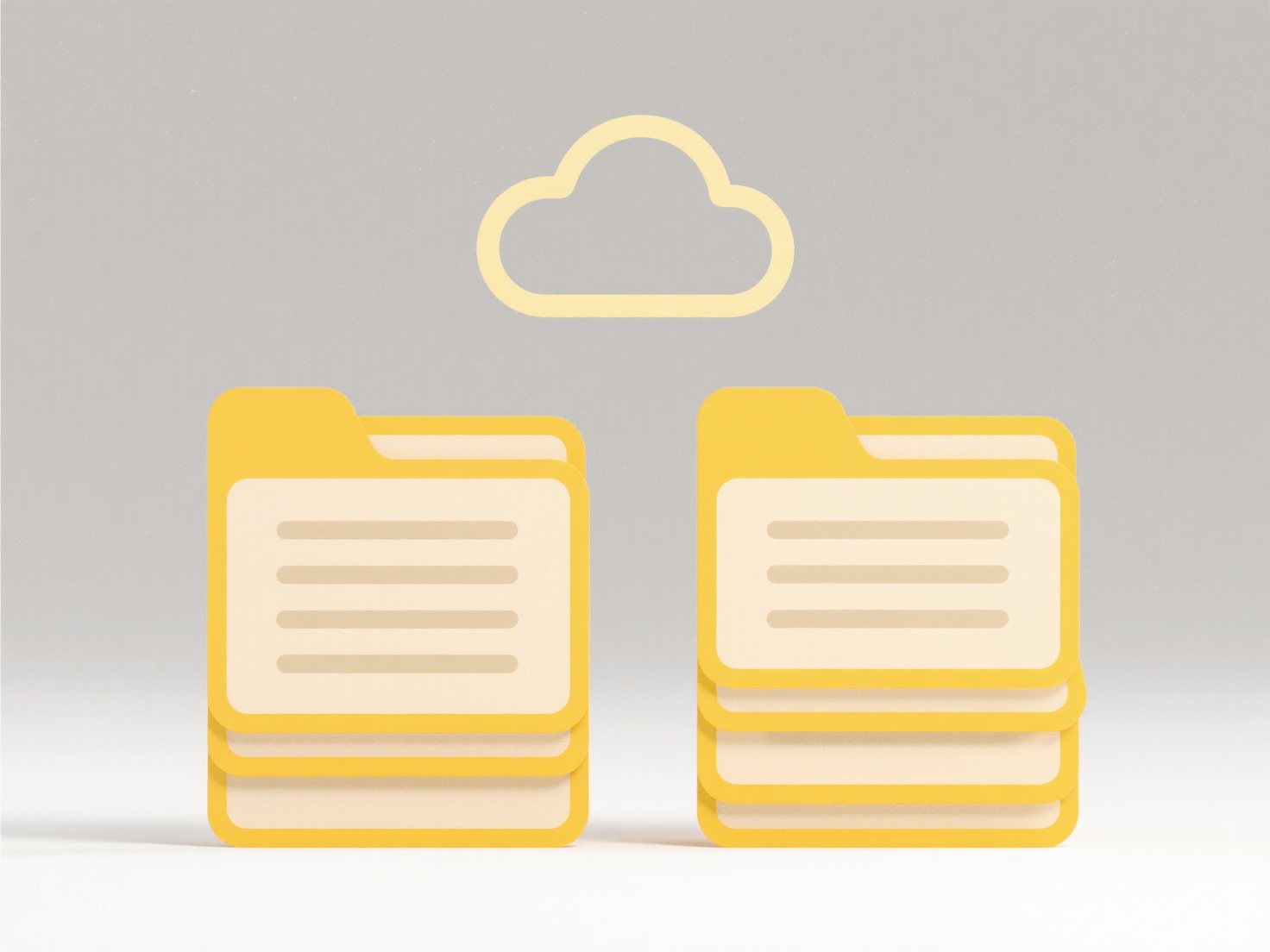
Documenting your folder structure involves creating clear references that explain the hierarchy, purpose, and contents of directories for easy navigation and understanding. This differs from simply listing files; it focuses on the organization itself, outlining the logic behind grouping folders and files. Effective documentation often uses diagrams to represent the hierarchy visually and concise descriptions for each main folder.
For example, a software project might include a README.md file in its root directory with a tree diagram (generated by tools like tree or online visualizers) showing folders like /src, /tests, and /docs, alongside explanations like "/src houses core application code". Research teams often document shared drives with folder notes stating, "/Raw_Data contains unprocessed experimental files; Processed_Data has cleaned datasets ready for analysis".

Clear folder documentation significantly improves onboarding efficiency and reduces confusion. However, it must be maintained as the structure evolves, which can be a burden. Forgetting to update documentation leads to inaccuracies that harm trust. Emerging tools offer automated visualization, reducing manual upkeep. Good documentation practices promote discoverability and foster efficient collaboration.
How do I document my folder structure for others?
Documenting your folder structure involves creating clear references that explain the hierarchy, purpose, and contents of directories for easy navigation and understanding. This differs from simply listing files; it focuses on the organization itself, outlining the logic behind grouping folders and files. Effective documentation often uses diagrams to represent the hierarchy visually and concise descriptions for each main folder.
For example, a software project might include a README.md file in its root directory with a tree diagram (generated by tools like tree or online visualizers) showing folders like /src, /tests, and /docs, alongside explanations like "/src houses core application code". Research teams often document shared drives with folder notes stating, "/Raw_Data contains unprocessed experimental files; Processed_Data has cleaned datasets ready for analysis".

Clear folder documentation significantly improves onboarding efficiency and reduces confusion. However, it must be maintained as the structure evolves, which can be a burden. Forgetting to update documentation leads to inaccuracies that harm trust. Emerging tools offer automated visualization, reducing manual upkeep. Good documentation practices promote discoverability and foster efficient collaboration.
Quick Article Links
How do I find files with incomplete names?
Finding files with incomplete names refers to locating files when you know only part of their exact filename. Instead of...
How do I rotate and rename log files automatically?
Log rotation and renaming automatically manages log files to prevent them from becoming too large and consuming excessiv...
Can I open Office files in Google Docs or Sheets?
You can open Microsoft Office files like Word documents (.docx) or Excel spreadsheets (.xlsx) directly within Google Doc...